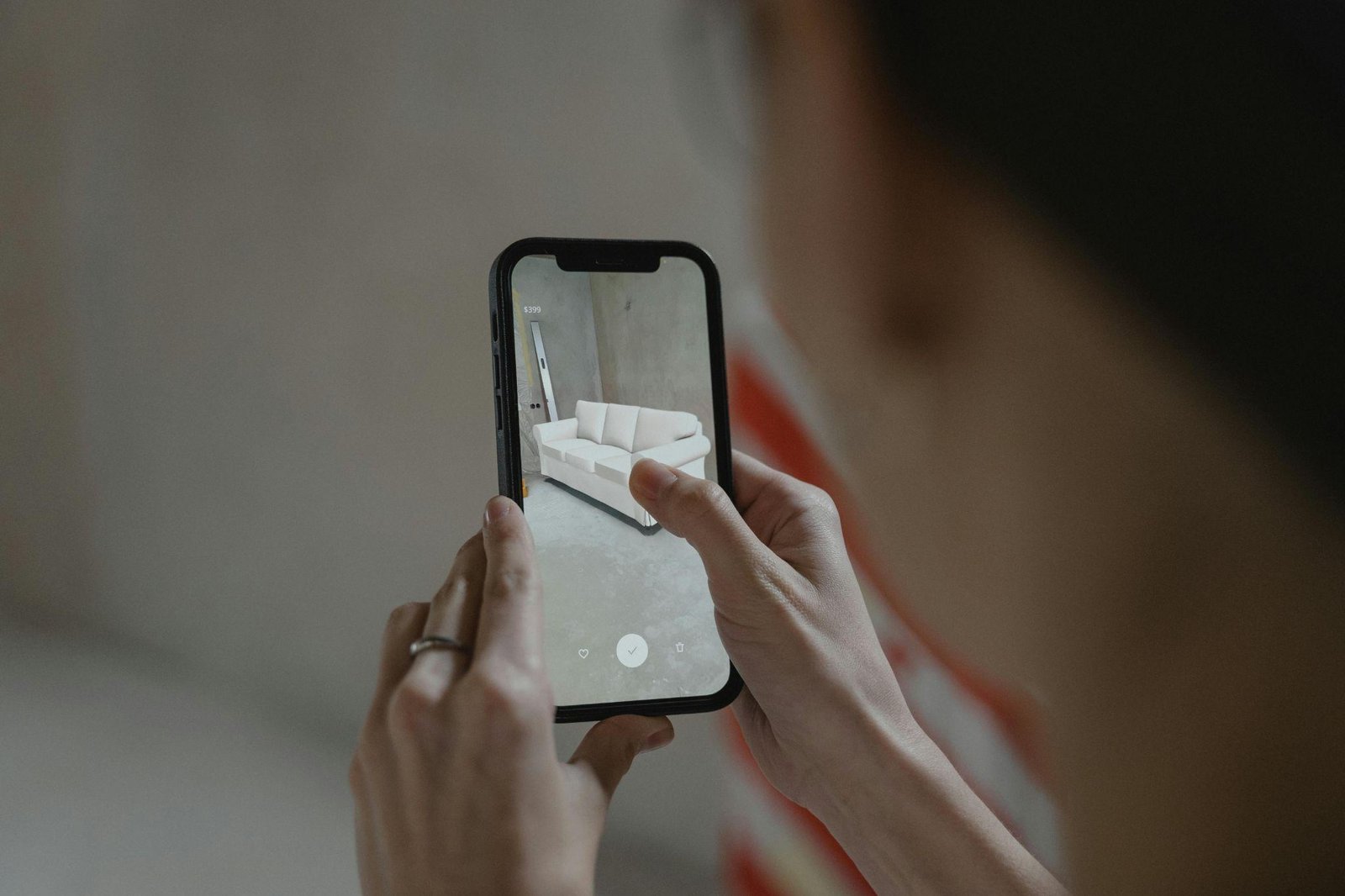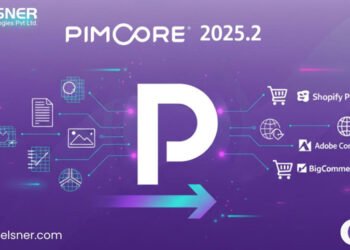In e-commerce, creating an impactful shopping experience has become crucial for businesses aiming to thrive. One of the most transformative tools available today is 3D product rendering services. This technology enhances product sellability and builds customer trust by offering a realistic and engaging visual experience. Imagine you can interact with a product online as if it were right in front of you—rotating it, zooming in on the details, and customizing it in real time. These are the benefits of 3D product rendering services to sellers and consumers.
1.How 3D Rendering Boosts Product Sellability
Improved Product Visualization
With 3D product renderings, customers can explore every angle of a product. They can zoom in and see the smallest details, making their online shopping experience far more comprehensive than browsing static images. Unlike traditional photos, 3D rendering offers an immersive and interactive way to visualize the product, providing a deeper connection between the consumer and the item they plan to buy. This visual representation helps reduce uncertainty and boosts consumer confidence, which can ultimately lead to higher conversion rates.
Overcoming Limitations of Traditional Photography
Traditional product photography can be expensive and often lacks flexibility. For instance, taking multiple photos to cover every variation or customization of a product is time-consuming and costly. It is where 3D product rendering services shine. 3D rendering can showcase various colors, finishes, or configurations without needing new photoshoots by providing customizable, hyper-realistic visuals. It saves time and resources and ensures that customers completely understand the product’s versatility, leading to more informed purchasing decisions.
Personalized Shopping Experiences
Today’s customers expect a personalized shopping experience, and 3D product rendering delivers just that. With the technology, customers can see how a piece of furniture would look in a specific color or customize sneakers to their preferences before purchasing. By offering such personalization options, 3D rendering services allows customers to tailor products to their liking, making the buying process more engaging. This personalization increases attachment to the product and enhances the likelihood of completing the purchase.
2.Building Customer Trust Through Realistic Representations
High-Fidelity and Photorealistic Visuals
One of the most significant advantages of 3D product rendering services is the ability to create photorealistic, high-fidelity visuals. Accurate representations of a product reduce the discrepancies between what customers see online and what they receive, a common concern in online shopping. When the visuals closely match the physical product, customers feel reassured and trust the brand. Trust is key to fostering customer loyalty, and realistic 3D renderings help bridge the gap between expectation and reality.
Reducing Product Returns
Returns can be a significant issue for online retailers, often resulting from mismatches between customer expectations and the product. By using 3D product rendering services, brands can present their products with realistic textures and lighting, reducing the chances of misunderstandings. Customers have a better grasp of the product’s look and feel, which minimizes the likelihood of returns and improves overall satisfaction.

Augmented Reality Integration
Integrating Augmented Reality (AR) with 3D rendering takes customer engagement to another level. Prominent brands like Home Depot and IKEA already use AR. For example, the IKEA Place app allows customers to try out a piece of furniture in their living room before buying it. This kind of immersive experience not only helps customers make confident buying decisions but also strengthens their trust in the brand.
3.Practical Benefits of 3D Rendering in E-commerce
Enhanced Engagement
3D rendering significantly enhances customer engagement, keeping visitors on the product page longer and reducing bounce rates. The interactive nature of 3D product renderings encourages customers to explore different product features, which can boost conversion rates. Here are some key benefits:
- Increased Time on Site: Customers are more likely to interact with a product they can rotate, zoom in on, and customize.
- Higher Conversion Rates: Better visualization makes customers feel more confident in their choices, leading to higher sales conversion rates.
- Reduced Bounce Rates: The engaging and interactive nature of 3D models keeps visitors on the site, reducing the chance they leave without purchasing.
Cost Efficiency for Businesses
Creating physical prototypes and setting up photoshoots can be time-consuming and expensive. With 3D product rendering, businesses can make realistic virtual models, saving time and money. Whether you’re showcasing a new product before it’s even produced or allowing customers to customize products online, 3D rendering technology helps minimize costs while maintaining high-quality visuals.

4.Implementing 3D Rendering in Your E-commerce Strategy
Choosing the Right 3D Rendering Solution
It’s crucial to choose the right solution to maximize 3D rendering. Consider factors like software capabilities, portfolio quality, and collaboration skills, whether it’s an established 3D product rendering company or an in-house team. Ensure that the service provider is experienced with e-commerce and can deliver high-quality renders that align with your brand’s vision.
Best Practices for Integration
Successful integration of 3D rendering involves more than just adding models to your website. Here are a few best practices:
- Optimizing Loading Speeds: 3D models can be data-heavy, so optimizing them for quick loading is essential to ensure a positive user experience. Techniques like progressive loading can help maintain site performance.
- User-Friendly Experience: Controls for rotating, zooming, and viewing different product configurations should be intuitive, allowing customers to explore effortlessly.
Utilizing Product Configurators
Interactive product configurators let customers experiment with different product variations in real-time. This feature helps them feel involved in the design process, significantly boosting their engagement and connection with the product and ultimately driving higher sales.
5.Leveraging 3D Rendering to Gain a Competitive Edge
Staying Ahead of Competitors
Adopting 3D rendering technology gives businesses an edge in a crowded marketplace. By providing superior visualization, companies can differentiate themselves as forward-thinking and customer-oriented. A 3D product rendering company helps firms present their products in the best light possible, making them stand out among competitors.
Technological Innovations Driving 3D Rendering
Recent advancements in 3D rendering—such as real-time rendering, cloud computing, and AR/VR integration—have made this technology even more powerful. Real-time rendering enables designers to see changes instantly, while cloud-based solutions make high-performance rendering accessible without hefty hardware investments. These innovations are reshaping the future of online retail, making 3D product rendering more efficient and immersive than ever.
Conclusion
Customer trust and engagement are essential to e-commerce success. 3D product rendering services are crucial in achieving these goals by offering a realistic, immersive shopping experience. By allowing customers to explore products from every angle, customize them, and visualize them in real environments, 3D rendering enhances product sellability and builds trust. For businesses looking to stay competitive, embracing 3D rendering isn’t just an option—it’s a strategic imperative that drives higher engagement, boosts sales, and fosters lasting customer relationships.












